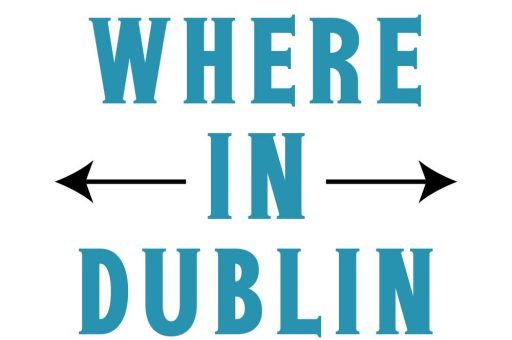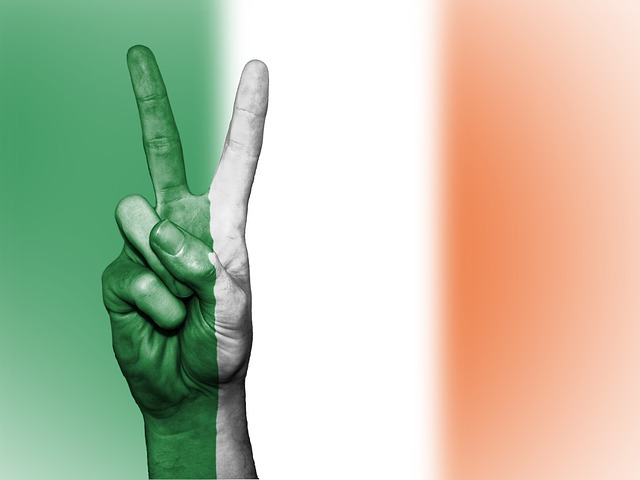When it comes to food, Ireland offers more than just potatoes and stews. From hearty breakfasts to rich desserts, Irish cuisine carries centuries of tradition, innovation, and simple comfort. If you’ve ever wondered what makes Irish food so special, let me show you the flavors, dishes, and history that make this cuisine unforgettable. From my own personal experience, Irish food has a way of making every meal feel like a warm hug.
A Taste of Irish History
Irish cuisine has roots that stretch back thousands of years. The early Irish diet relied heavily on dairy, grains, and vegetables, while meat was often reserved for special occasions. Over the centuries, the food evolved with influences from the British, the French, and more recently, international cuisines. Yet, what remains constant is a focus on fresh, local ingredients and dishes that are hearty and satisfying.
Traditional Irish Breakfast
One cannot explore Irish food without starting with a full Irish breakfast. This meal isn’t for the faint-hearted, but it’s a must-try experience. A classic breakfast typically includes:
Bacon rashers – thick and juicy slices of back bacon
Sausages – often pork, seasoned simply to complement other items
Black and white pudding – a type of blood sausage and oatmeal pudding
Fried eggs – sunny side up or over easy
Grilled tomatoes and mushrooms – balancing the richness with freshness
Potato farls or soda bread – the Irish twist on carbs
From my own personal experience, nothing starts the day better than a full Irish breakfast paired with a strong cup of Irish tea. It’s filling, flavorful, and will keep anyone going for hours.
The Secret of Soda Bread
Irish soda bread deserves its own spotlight. Unlike yeast bread, soda bread uses baking soda and buttermilk as a leavening agent, resulting in a dense, hearty loaf with a slightly tangy flavor. Homemade soda bread often includes raisins or seeds for extra texture. The best part? It pairs perfectly with butter, cheese, or even smoked salmon.
Irish Stews: Comfort in a Bowl
Irish stews are the ultimate comfort food. The traditional recipe includes lamb or mutton, potatoes, onions, and sometimes carrots. Slow-cooked to perfection, the meat becomes tender and the flavors meld beautifully. Some variations include Guinness or stout for added depth.
Lamb stew – rich and savory, often slow-cooked for hours
Beef and Guinness stew – a twist with robust flavors
Vegetarian Irish stew – hearty vegetables like carrots, parsnips, and mushrooms
From my own personal experience, nothing beats a warm bowl of stew on a rainy Irish day. It’s a dish that embodies the countryside spirit.
Seafood Delights
Ireland’s coastlines provide some of the freshest seafood imaginable. Popular dishes include:
Irish smoked salmon – delicate, rich, and slightly sweet
Seafood chowder – creamy, comforting, and full of local fish
Oysters – especially from Galway, renowned for their taste
Seafood in Ireland isn’t just about flavor—it’s about the connection to local communities and traditions. Eating fresh, local fish feels like tasting Ireland itself.
Irish Cheeses and Dairy
Irish dairy is world-famous. The lush pastures create milk that produces creamy, flavorful cheeses. Some favorites include:
Cashel Blue – a semi-soft blue cheese with a rich flavor
Durrus – creamy with a slight tang, perfect for melting
Coolea – smooth, nutty, and ideal for snacking
Butter in Ireland is also top-notch. Many dishes, from bread to potatoes, owe their rich taste to high-quality Irish butter.
Sweet Treats and Desserts
No exploration of Irish food is complete without desserts. Traditional options are simple but satisfying:
Apple tart – thin pastry with lightly spiced apples
Bread and butter pudding – a warm, custardy dessert
Baileys cheesecake – combining Irish cream liqueur with creamy cheesecake
From my own personal experience, the best dessert often comes from a local bakery, where recipes have been passed down for generations.
Drinks to Pair With Irish Food
Irish food isn’t just about solid dishes. Drinks play a huge role:
Irish tea – strong, comforting, and typically served with milk
Irish coffee – warming, boozy, and perfect after dinner
Guinness – the iconic stout that pairs with both savory and sweet dishes
Regional Specialties
Ireland’s regions each have their culinary highlights:
Dublin – known for hearty pies and modern fusion cuisine
Galway – celebrated for seafood, oysters, and fresh fish
Cork – a haven for artisanal cheeses and farm-to-table dining
Belfast – street food and traditional dishes like Ulster fry
Exploring Ireland through food is like exploring its culture. Each region tells a story through its ingredients and recipes.
Modern Irish Cuisine
Modern Irish chefs are blending tradition with innovation. Dishes now feature local, seasonal ingredients presented in creative ways. Farmers’ markets and gastropubs are perfect places to discover how classic dishes are evolving.
From my own personal experience, trying modern Irish cuisine reveals a side of Ireland that’s vibrant, experimental, and full of flavor surprises. Even old favorites like stew or soda bread can come with a modern twist that makes the experience fresh and exciting.
Irish Street Food and Snacks
Street food in Ireland has grown in popularity, offering quick, tasty bites that reflect the country’s culinary heritage:
Potato waffles – crispy, golden, and often topped with cheese or bacon
Irish pies – filled with meat, cheese, or vegetables
Chips with curry sauce – a casual favorite that’s surprisingly comforting
Snacks often borrow from tradition but are convenient for city life. They make exploring Irish food accessible and fun.
Festivals Celebrating Irish Food
Food festivals across Ireland celebrate the best of local cuisine. Highlights include:
Galway International Oyster Festival – a seafood lover’s paradise
Belfast Food Festival – showcasing street food, drinks, and innovative dishes
Dublin Restaurant Festival – highlighting the creativity of modern chefs
Attending a festival is a great way to taste a wide variety of Irish food in one place, from traditional to experimental.
Tips for Enjoying Irish Food
Go local – markets, small restaurants, and family-run bakeries offer authentic flavors
Try everything once – from black pudding to seafood chowder, each dish tells a story
Pair with Irish drinks – a proper tea, stout, or coffee elevates the meal
Ask for recommendations – locals know the hidden gems
From my own personal experience, taking time to explore and try different dishes makes the culinary journey far more rewarding.
Conclusion
Irish food is a mix of tradition, freshness, and heart. It’s more than meals, it’s culture, comfort, and celebration. From hearty breakfasts to rich desserts, from coastal seafood to creamy cheeses, every dish is a piece of Ireland’s story. Experiencing Irish food isn’t just about tasting, it’s about understanding, enjoying, and connecting with the land and its people.
Exploring Ireland through its food offers a journey that’s satisfying, memorable, and deliciously unique. Whether in a bustling city or a quiet countryside village, Irish cuisine leaves an impression that stays long after the last bite.


